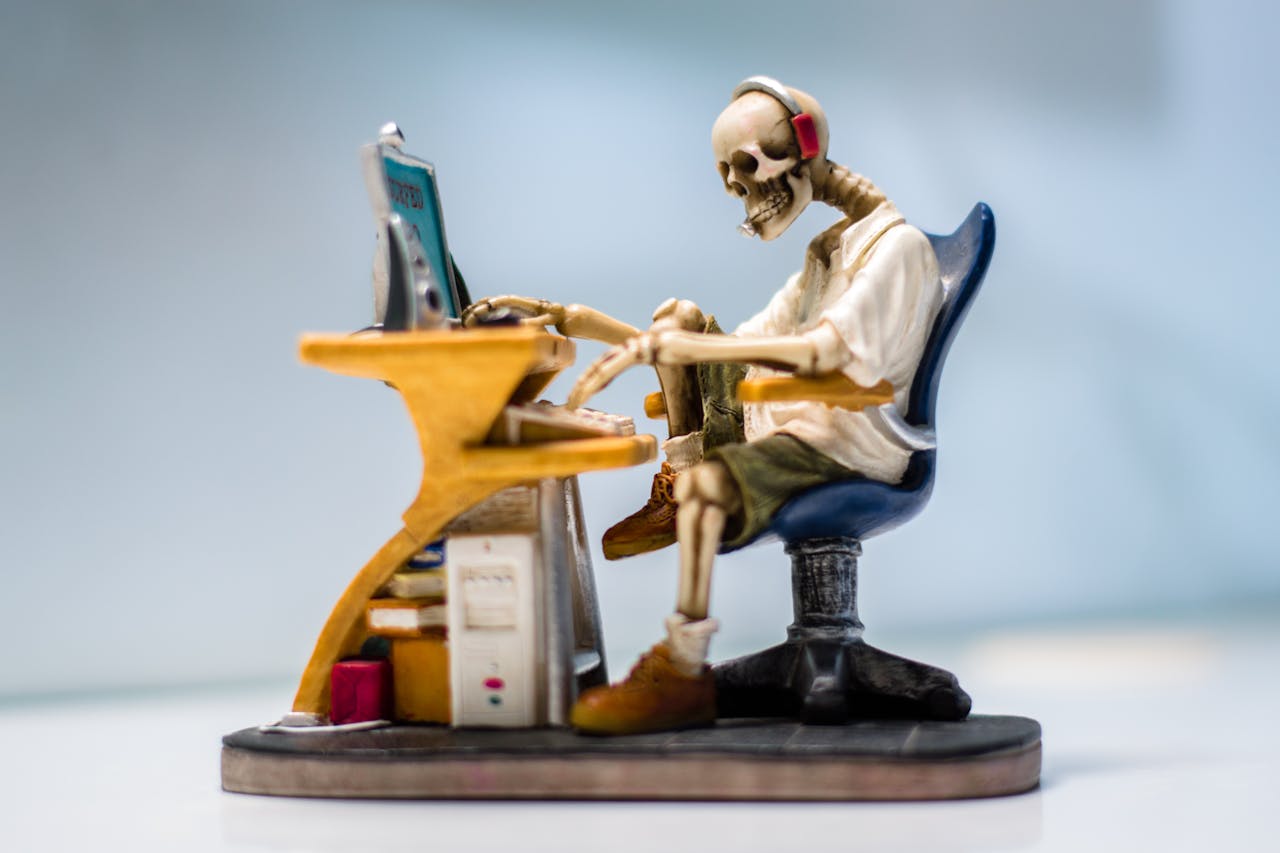Public relations plays a vital role in promoting STEM toys by connecting educational value with engaging storytelling. Parents and educators actively seek toys that combine learning with play, making STEM toys a growing segment of the toy market. According to the Toy Association, STEM/STEAM toy sales reached $2.1 billion in 2020, showing a clear demand for educational playthings. A well-executed PR strategy helps toy companies reach their target audience while emphasizing the developmental benefits their products offer to children.
PR Overview
Creating Impactful PR Campaigns for STEM Toys
PR campaigns for STEM toys need to balance educational messaging with entertainment value. Parents want assurance that their purchases support learning, while children need to see the fun potential. Successful campaigns often focus on hands-on experiences and real-world applications.
Identifying Key Educational Benefits
The first step in creating effective PR campaigns is understanding and articulating the specific educational benefits of STEM toys. Research shows that children who engage with STEM toys develop stronger problem-solving abilities and show increased interest in science-related subjects. For example, building sets and coding toys help develop spatial reasoning skills, while science kits introduce basic scientific concepts through experimentation.
When promoting these benefits, PR professionals should:
- Connect toy features to specific learning outcomes
- Provide clear examples of skills development
- Include age-appropriate messaging
- Support claims with educational research
Creating Content That Resonates
Content creation forms the backbone of STEM toy PR campaigns. Videos, blog posts, and social media content should demonstrate both the educational value and entertainment factor of the toys. For instance, LEGO Education’s content strategy includes detailed lesson plans, student testimonials, and engaging build challenges that showcase their products in action.
Targeting the Right Channels
Different communication channels reach different audiences effectively. While Instagram and YouTube might work well for reaching parents, educational publications and conferences can better target teachers and school administrators. PR professionals should develop channel-specific content strategies that maintain consistent messaging while adapting to platform requirements.
Building Strong Partnerships with STEM Educators
Educational partnerships add credibility to STEM toy marketing efforts and provide valuable feedback for product development. These collaborations can take many forms, from product testing to curriculum development.
Finding the Right Educational Partners
When selecting educational partners, consider:
- Teaching experience and qualifications
- Alignment with product educational goals
- Reach within the education community
- Track record of successful collaborations
Developing Educational Programs
Many successful STEM toy companies create educational programs in partnership with teachers. These programs might include:
- Classroom activity guides
- Professional development resources
- Student workshops
- Competition events
For example, K’NEX Education partners with schools to provide hands-on engineering challenges that integrate their building sets into STEM curricula. These partnerships create authentic learning experiences while demonstrating product value.
Supporting Teachers and Schools
Educational support can extend beyond direct partnerships. PR initiatives might include:
- Teacher resource libraries
- Classroom grants
- Professional development workshops
- STEM education advocacy
Showcasing Success Stories
Success stories provide social proof and demonstrate real-world impact. These narratives should feature diverse experiences and outcomes to appeal to different audience segments.
Collecting Meaningful Testimonials
Strong testimonials include:
- Specific details about learning outcomes
- Personal growth stories
- Long-term impact on academic or career interests
- Parent and teacher perspectives
Creating Video Content
Video content brings success stories to life. Short-form videos work well on social media, while longer formats can explore learning journeys in depth. For example, Snap Circuits produces video series featuring young inventors using their products to create innovative projects.
Social media platforms offer excellent opportunities for sharing success stories. Consider:
- Student showcase features
- Teacher spotlight series
- Parent testimonial campaigns
- Behind-the-scenes looks at learning in action
Measuring PR Campaign Success
Tracking PR campaign effectiveness helps refine strategies and demonstrate ROI. Key metrics might include:
- Media coverage quality and quantity
- Social media engagement
- Website traffic from PR activities
- Sales correlation with PR initiatives
- Educational partnership outcomes
Setting Clear Objectives
PR campaigns should have measurable goals tied to business objectives. These might include:
- Increasing brand awareness among educators
- Growing social media following
- Generating positive media coverage
- Driving sales through educational channels
Tracking and Reporting
Regular monitoring and reporting help maintain campaign momentum and justify PR investments. Tools and methods include:
- Media monitoring services
- Social media analytics
- Sales tracking
- Partnership feedback surveys
Working with Media
Media relations remain central to STEM toy PR efforts. Building relationships with education reporters, parenting bloggers, and STEM advocates creates opportunities for positive coverage.
Developing Media Materials
Create comprehensive media kits including:
- Product information sheets
- Educational benefit documentation
- Research supporting learning claims
- High-quality images and videos
- Expert quotes and testimonials
Planning Media Events
Events provide hands-on experiences for media contacts. Consider:
- Product demonstrations
- Expert panels
- Student showcases
- Virtual press conferences
Crisis Management and Response
STEM toy companies must prepare for potential issues like product safety concerns or educational effectiveness questions. A crisis communication plan should include:
- Response protocols
- Spokesperson assignments
- Message templates
- Stakeholder communication procedures
Conclusion
Effective PR for STEM toys requires a strategic approach combining educational messaging with engaging storytelling. Success depends on building strong partnerships with educators, showcasing real learning outcomes, and maintaining consistent communication across multiple channels. Companies should focus on:
- Developing clear educational value propositions
- Building and maintaining educational partnerships
- Creating compelling success stories
- Measuring and reporting campaign results
- Maintaining strong media relationships
To get started, assess your current PR efforts against these key areas and identify opportunities for improvement. Consider which educational partnerships might benefit your brand and how you can better collect and share success stories. Remember that effective STEM toy PR builds trust while inspiring both learning and play.
Mastering Recall Communication: Insights & Strategies For Effective Product Recalls
Product recalls can severely impact supplement companies, threatening both consumer safety and...
The Impact Of PR Efforts On Water Park Guest Confidence And Attendance
Using PR to Address Safety Concerns at Water Parks Water park safety remains a top priority for...
How PR Can Help Defense Tech Companies Attract Top Talent
Defense technology companies face unique challenges in attracting skilled professionals in today's...




